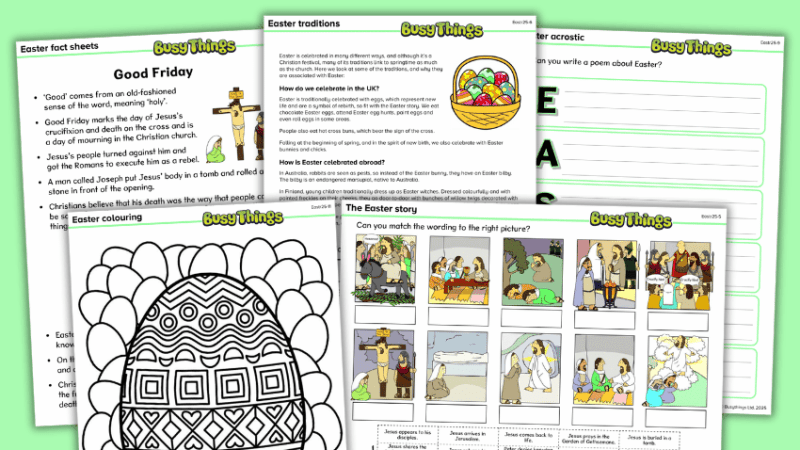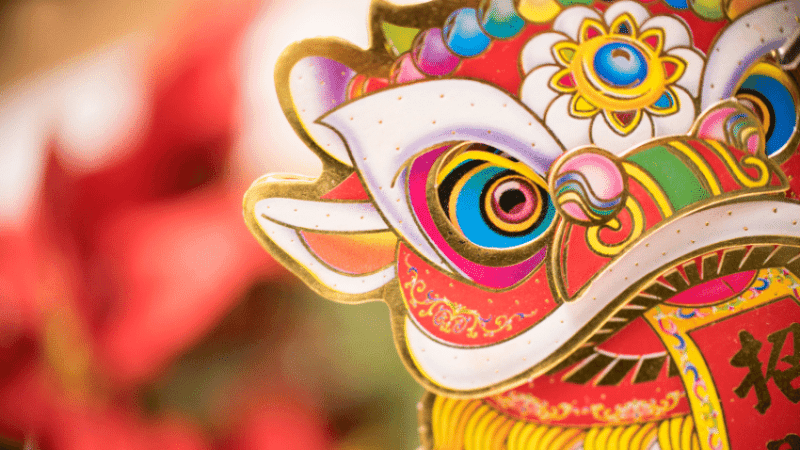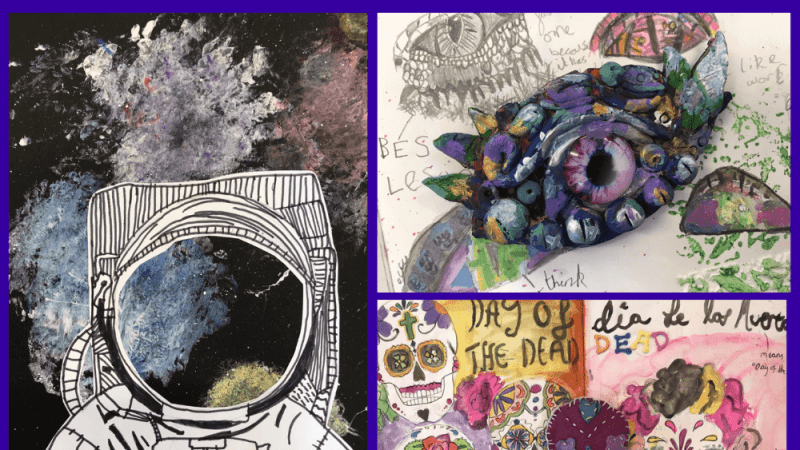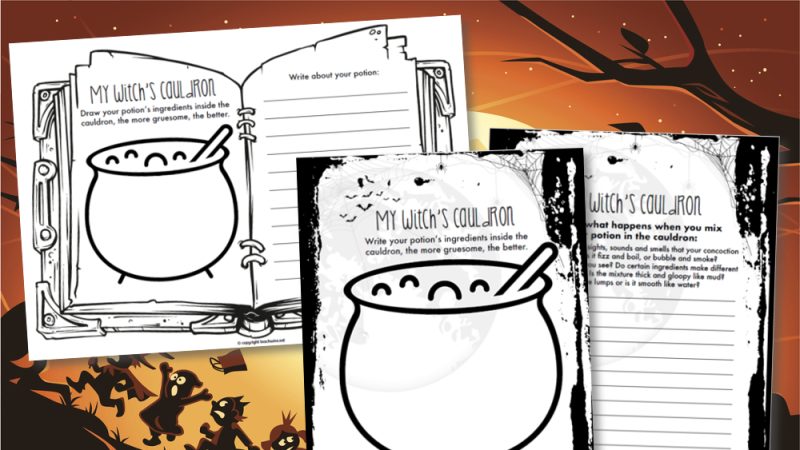Art in primary schools – separating myths from truths
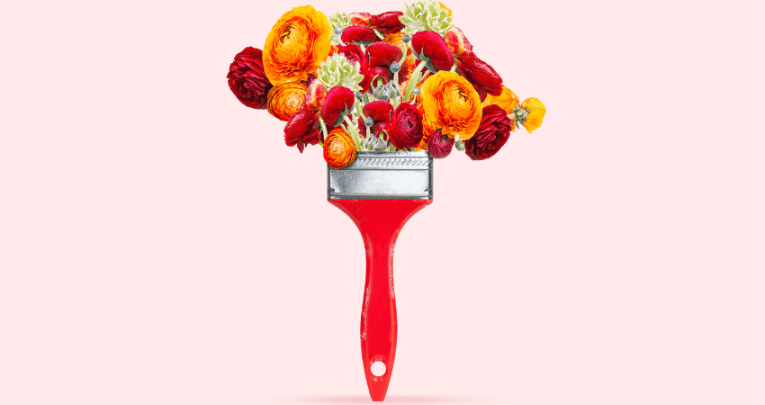
Misconceptions about art are rife in primary education, so Sophie Merrill sorts out the facts from the fiction…
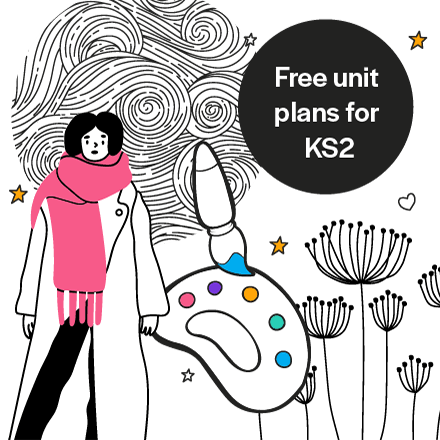
Art’s place in primary education needs to change, now more than ever, as historically schools seem to have a slightly strange view as to what art is and what it should be, as opposed to the possibilities that it really holds within the primary curriculum.
So, let’s separate the myths from the truths.
Myth 1 – Teachers need to be artists to teach art
The biggest issue around primary art is teachers’ confidence levels. So many educators have the ‘I can’t draw’ voice planted in their brain.
The thing is, if you experience this, you are the perfect model in your classroom to support the children in not developing this doubt for themselves.
You can model experimentation, thinking, problem solving, resilience and what happens when you make mistakes; because you will, and so will they, and that’s exactly what we should do.
You might want to have a practice of the skills you are teaching before the session to feel prepared, but that’s no different to how you would plan out your modelled or guided writing.
Myth 2 – A sketchbook is for sketching
It’s so much more than that. A sketchbook is a free space for children to experiment.
Don’t get me wrong, there is nothing scarier than a blank piece of white paper, but all too often our pupils are confined to lines and squares.
A sketchbook gives them opportunities to work with different materials in ways that no other subject allows.
A sketchbook is a place to think, analyse, experiment and evaluate.
It’s a place to make marks, mix colours, layer papers, sketch, scribble.
It’s a place to be free.
If you ever get the opportunity to look in an artist’s sketchbook, do. They are utterly fascinating and spellbindingly beautiful.
You can see how ideas evolve and emerge, where research begins and takes on a journey of its own.
Sketchbooks show the children’s thinking, bravery, resilience, evaluation, determination and are therefore priceless and should be valued as such.
Myth 3 – Art is for making walls look nice
Celebration of work is so important regardless of the subject.
From the nature of art and the way society celebrates it, it is natural to want to display and to view your class’ creations, but we should not limit art to being solely for the purpose of filling up display boards in the hall with variations of The Sunflowers or Starry Night by Van Gogh.
Truth 1 – Art can add depth to the curriculum
All too often, when we are learning about a period in history, we link it to English… for example when learning about the Victorians, we might read The Wolves of Willoughby Chase or Street Child.
But why not look at paintings and drawings that depict this era? Artwork can tell us so much about the past and the way that people saw what was happening.
Trending
Work by Ford Madox Brown or Derby Day by William Powell Frith give us amazing insights to life at the time, from the wealthy to the poor.
The Highwayman by Alfred Noyes has always been one of my favourite poems to teach. However, today children’s concept of a highwayman is a man who works on the motorway.
It is not the romanticised idea of mask-wearing men that held up carriages with a pistol! There is a great painting called Claude Duvall, again by William Powell Frith, that puts what these men did into perfect context before delving into the poem.
Art has been used throughout history as a social commentary, so why not take advantage of that in the classroom?
Truth 2 – Art needs to be well planned
Like in any other subject area, art needs to be well planned and thought about before teaching. The best advice I can give is to think about art like you would a piece of writing.
When you approach a new genre in literature, you consider what the children will need to master in order to write in the genre themselves: the features of the text, the vocabulary, and the grammar they’ll need to know.
Art is the same. If the children are going to be making a Greek pot, then they need to know about the patterns that ornamented Ancient Greek pottery, and about how pots often told stories of myths or sporting achievements.
They also need to know about the different shapes of pots, how to carve into clay, and how to join pieces of clay together.
Also, consider where there are opportunities for the art you are working on to enhance and reencounter work in other subjects (think about shapes and measurements you’ve learned in maths when making your pots, for example). This gives it meaning, purpose and value.
Truth 3 – Pupils need to encounter a breadth of artists, craftspeople and designers
All too often primary school children are confined to learning about the same dead white men whose art society has decided is the most valuable.
I can’t count the number of long-term plans I’ve seen with the same men strategically placed for the children to encounter and imitate during their primary education – Picasso, Van Gogh, Klimt and Henry Moore.
In contrast, early Islamic art offers our pupils a wealth of opportunities to look at and master shape, colour and pattern, and has inspired contemporary artists such as Joyce Kozloff.
Nigerian–American portrait artist Kehinde Wiley incorporates motif into his paintings and has been inspired by the floral patterns created by William Morris to create backgrounds for his portraits, including of Barack Obama.
The work of Yinka Shonibare enables pupils to explore race, identity and colonialism through art as well as enabling pupils to look at pattern and colour.
There is plenty to explore outside of white Europe!
Sophie Merril is a curriculum leader and arts specialist based in Manchester. She is also part of the #PrimaryRocks team. Follow Sophie on Twitter @misssmerrill and see more of her work at primarycoloursart.wordpress.com. Browse our KS2 art ideas.






